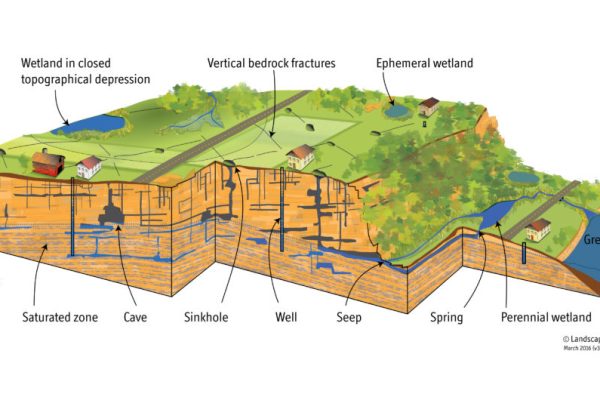
The Code of Hammurabi Foundations of Ancient Justice
The Code of Hammurabi, inscribed around 1754 BCE by the Babylonian king Hammurabi, is one of the oldest deciphered sets of laws in human history. Engraved on a basalt stele, the code consists of 282 laws covering everything from trade and property to family and labor. What made it groundbreaking was its attempt to standardize…








